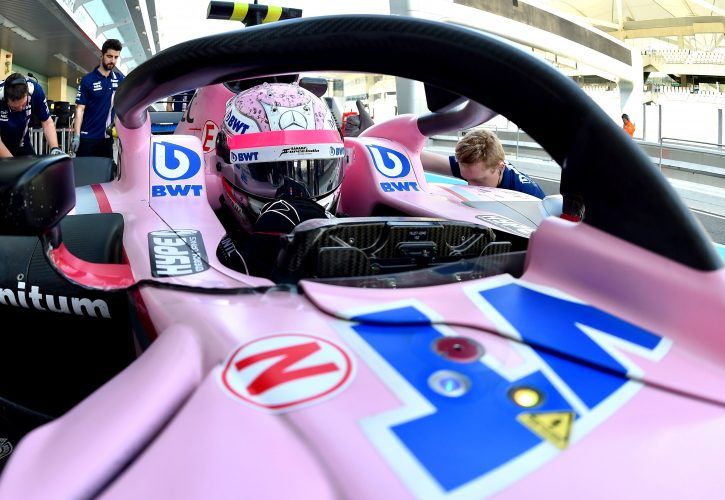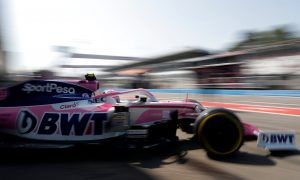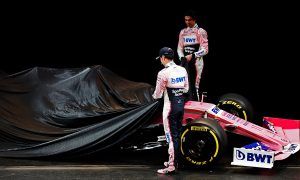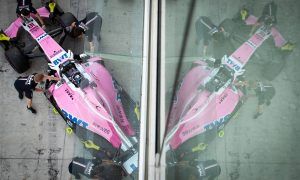
Like its rivals, Force India struggled to integrate F1's mandatory Halo cockpit safety device into its 2018 design, says chief operating officer Otmar Szafnauer.
Last year, the FIA ruled the Halo's presence in F1 as mandatory, with several junior series also forced to adopt the controversial safety element.
Late specifications and stringent load requirements made the component's incorporation a challenge for teams, with the device impacting both a car's weight and aerodynamics.
"The time pressure was created by the Halo," Szafnauer told Auto Motor und Sport.
"We got the final specifications very late, but one also cannot underestimate the impact. It weighs 14kg and the FIA's stress tests are strict. There is a lot of work to do," he added.
"Then there is the aerodynamic damage, which is more than we had thought."
Looking ahead at the 2018 campaign, Force India team principal Bob Fernley recently said he was wary of McLaren and Renault's progress this season, but Szafnauer added Williams to the mix.
"They use the same engine as us, and now Paddy Lowe and Dirk de Beer - people from Mercedes and Ferrari - are involved. They bring experience from winning teams," he said.
"We have the better driving pairing, but if they have a really good car that can make all the difference."
He agrees however that Renault, while still a work in progress, will could step up to another level in 2018.
"They have pumped a lot of money and people into their project," he explained.
"We have the Mercedes advantage but it's not as big as many people believe."
Gallery: The beautiful wives and girlfriends of F1 drivers
Keep up to date with all the F1 news via Facebook and Twitter





